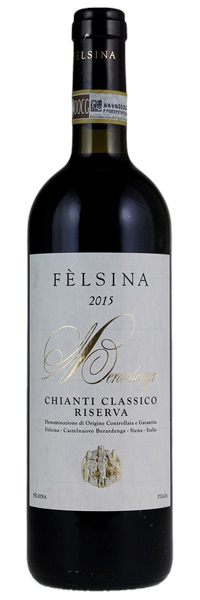
Image above is an example. To view the image of the lot, click the item number.
Estimate
...delicious nose that’s ripe, but also really well defined with dried red plums, hazelnuts, Indian spices, baking spices, cedar, tar and licorice. The dusty tannins are a delight, and so are the dried fruit and spices that warm the palate. They also penetrate all the way through to the long, charcoal-laden finish.
Flavors of black cherry, plum, earth, chestnut, leather and bark are matched to a dense, brooding profile. Needs time to find balance, while cherry notes lurk beneath as this plays out on the firm, dry finish.
...expressive in its aromatics than it is on the palate, where the tannins remain clenched and forbidding.
Aromas of dark culinary spice, mature berry and a whiff of new leather emerge in the glass...palate offers wild cherry, licorice and clove framed in taut, fine-grained tannins.